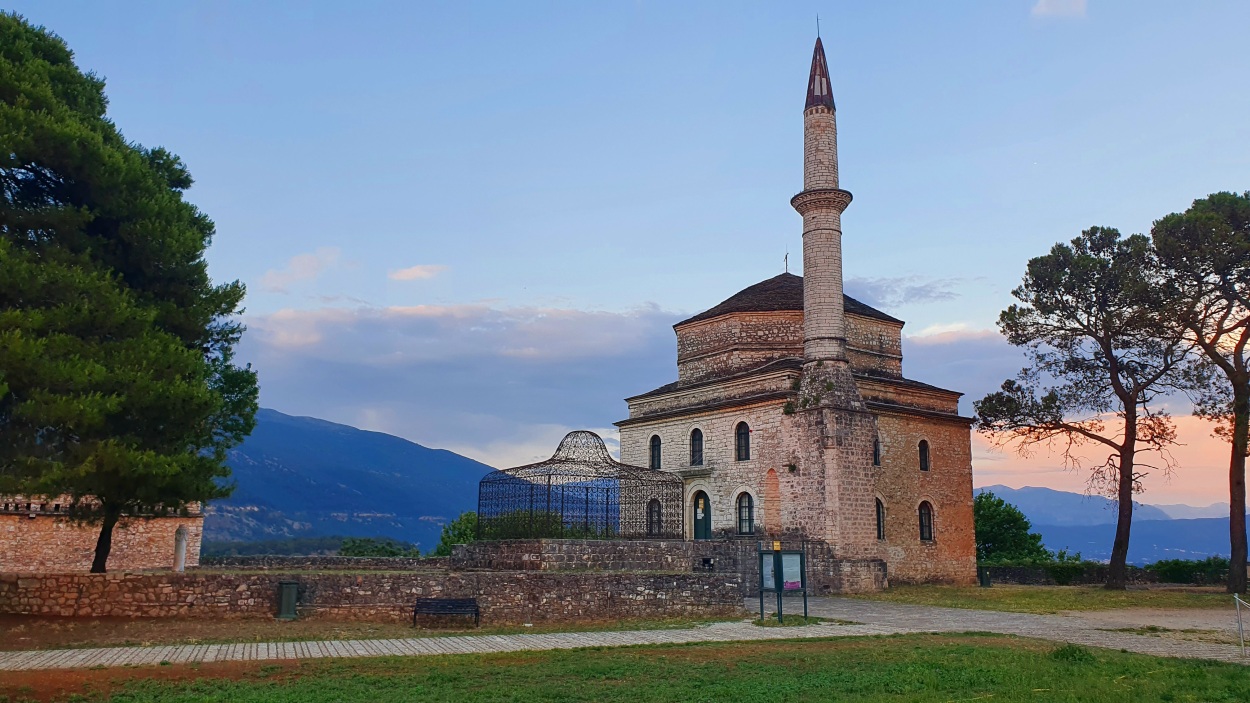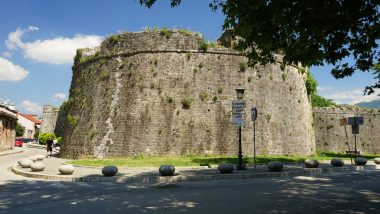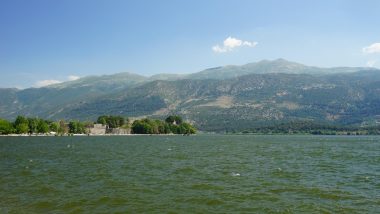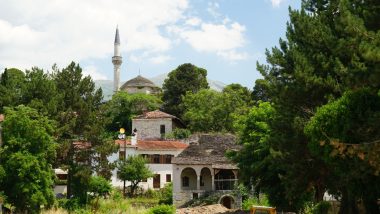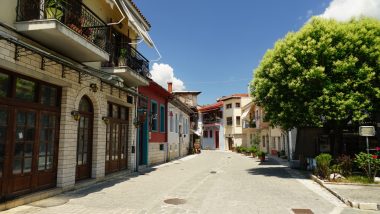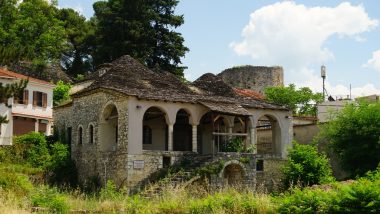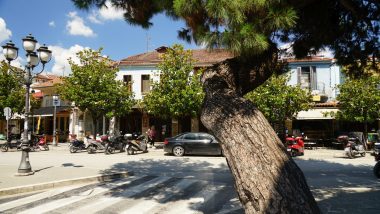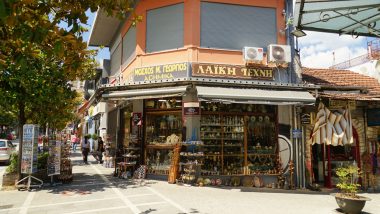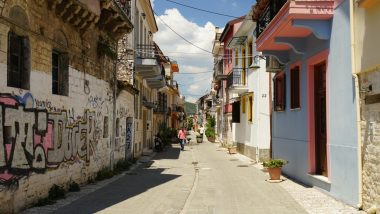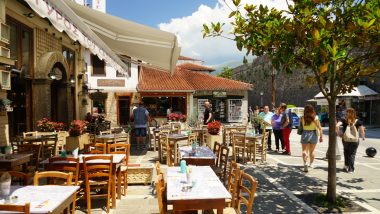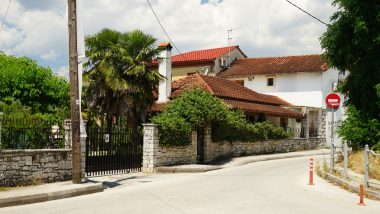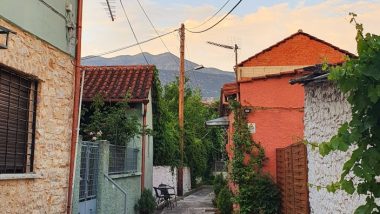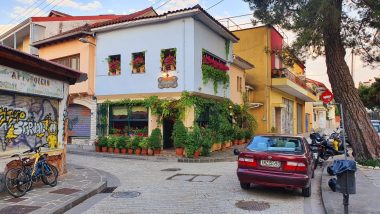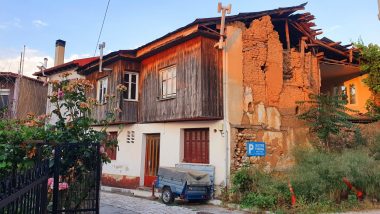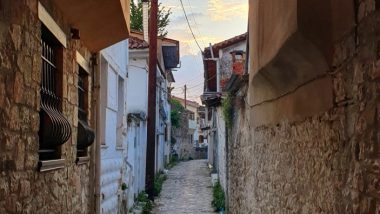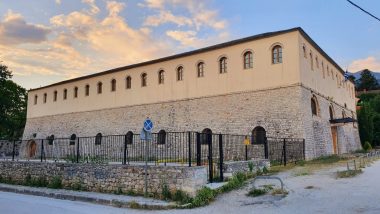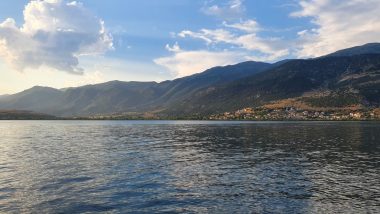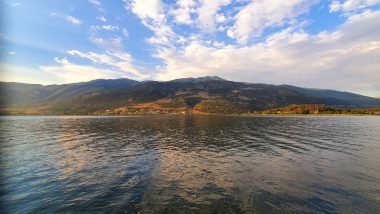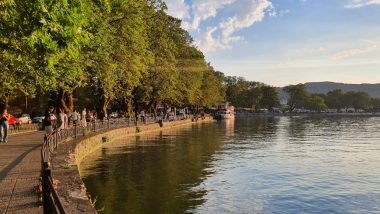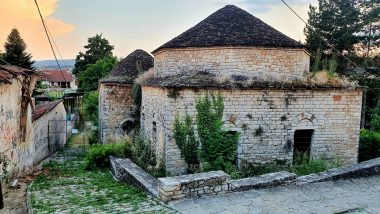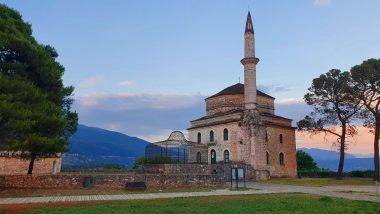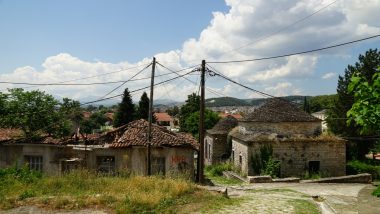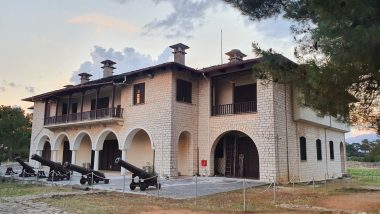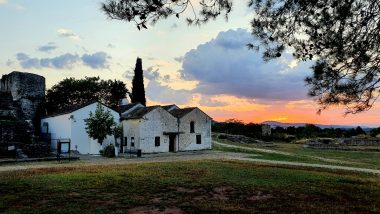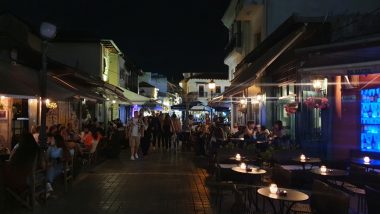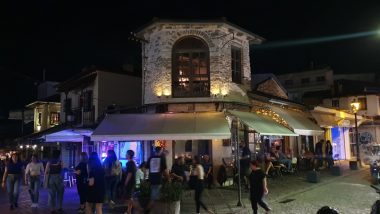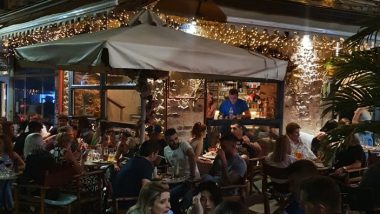Ioannina is set on a plateau on the western side of lovely lake Pamvotis, facing the gray limestone mass of Mount Mitsikéli. Ioannina was first mentioned in ecclesiastical registers of the 9th and 10th centuries as an important Byzantine city. At the beginning of the 13th century, it was the capital of the Greek despotate of Epirus. After 1318 it reverted to the Byzantine Empire and was made a metropolitanate by Andronicus II, but in 1349 it fell to the Serbs. Subsequently, it was contested by the Italians, Albanians, and Turks, to whom it succumbed about 1430. From 1788 to 1822 it was the center of the Albanian-born despot Ali Paşa Tepelenë, whose revolt against the sultan’s rule, although quickly suppressed by his assassination, helped trigger the War of Greek Independence (1821–29). Ioannina and southern Epirus were finally united with the Greek kingdom in 1913. It is one of northern Greece’s most atmospheric cities, and one of its more cultured and wealthy, as it was famous throughout the Ottoman Empire for its silver artisans. The walls of its old fortified city, the Kastro, enclose a tranquil quarter, spiked with minarets.
Parking location – Ioannina: 39.663941N 20.859855E


